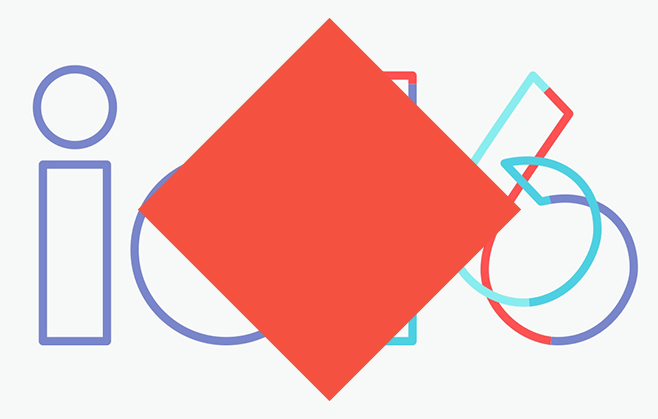
Google I/O- What’s next for tech?
The annual Google I/O conference for developers took place last week, offering the tech community some exciting announcements. As ever, we were keen to tune into the live stream, and share our thoughts on the news.
One of the most exciting revelations was the launch of two new apps, Allo and Duo, for both iOS and Android. Allo was revealed to be Google’s latest messaging app, joining its other existing two, Messenger and Hangouts. Allo works slightly differently to other messaging apps, with its aim based on discovering users’ habits, linguistic choices, and responses, which can be determined by “integrated machine learning”. For instance, the app will provide the user with a selection of possible phrase suggestions when chatting with others, based on the user’s usual word choices in the past. There’s also a “Smart Reply” feature built into the app, enabling users to reply to messages without having to even type a single word. And the draw of the app is, for both Google and users, that the more you use Allo, the smarter and more unique to the user suggestions will become. Duo, on the other hand, is a video communication app akin to Skype or FaceTime. While not a particularly revolutionary app, one of its unique features enables users to see who’s calling before he or she picks up the call. Entitled “Knock Knock”, it’s perhaps a slightly intrusive part of the app, but interesting nonetheless!
One of Google’s most revolutionary updates came in the form of Android Instant apps, which enables mobile browsers to access apps without having to download them. This is helpful when a person conducts a Google search on their smartphone, and lands on a link within a mobile app. Rather than having to download the app (if he or she doesn’t already have it), users will be able to simply download essential parts of it that they may need at that moment, such as a check out page or form. This eradicates user frustration in terms of multiple steps and delays, as well as eliminating the need to download apps that will barely be used again.
When it comes to the Internet of Things, home devices are the most futuristic items we can own to digitise our surroundings. So there was much delight when Google revealed “Home”, a small vase-shaped device able to link each of your smart home devices together. Google Home essentially functions as a virtual assistant, with the ability to hear voice commands and questions. In this way, users can have it operate household objects, schedule appointments, and perform other everyday tasks. There’s also integration with Nest devices and compatibility with Google Cast, while the company announced that developers would in future be able to create other compatible devices.
Not forgetting wearable tech, Google announced its latest watch Android Wear 2.0, which is expected to be released later this year. In this, Google has overhauled the design, allowing for a better notification system, new widgets, and an updated fitness tracker. The selling point for us though, is the promise that Android 2.0 will be able to connect straight to the Internet, rather than a paired connection over Android smartphone, so this also means that iPhone users can take fully advantage of the device.
Did you follow the Google I/O schedule, catch the live-stream, or were lucky enough to attend? What did you think of this year’s announcements? We’d love to hear your thoughts as always, so please tweet to us @PracticeDigital and share your comments on our Facebook page.




